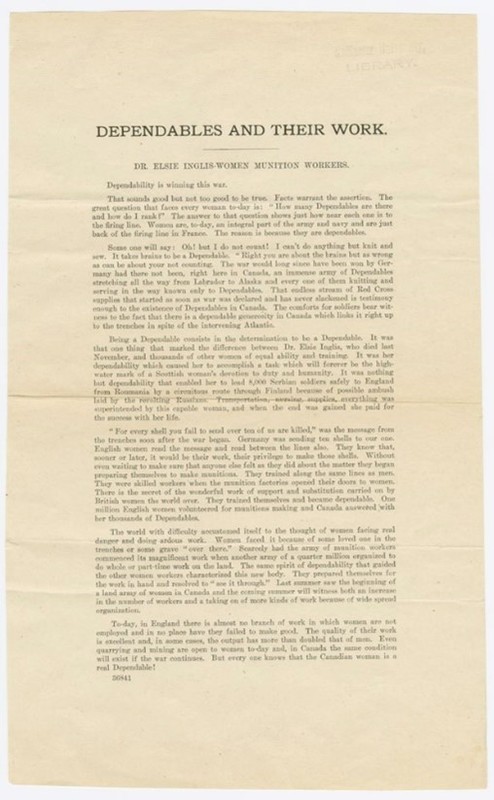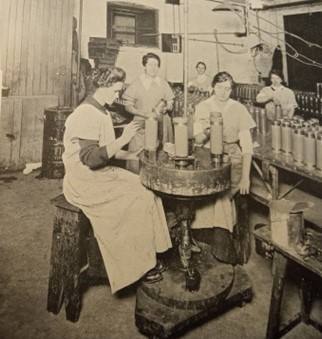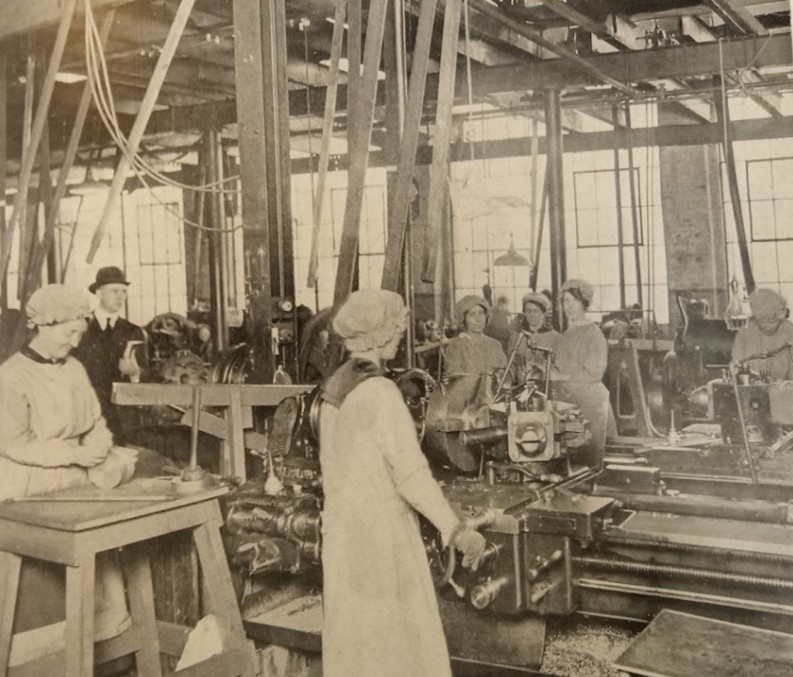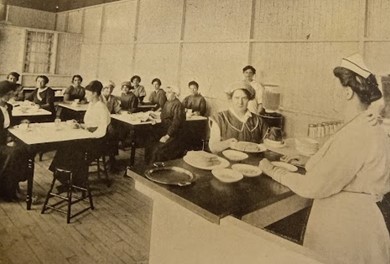Munition Workers
Women’s wartime contributions saw them breaking into industry and working in munition factories. While this began to change the societal understanding of women at the time, it also became an essential part of the war effort. (Howard, 2007) While seen as essential today, at the time they were not observed in such a way. Humorous cartoons become the sources which depict the roles of women. (Gregory, 2022) These cartoons often written by men saw public opinions about women becoming clear highlighting traditional stereotypes surrounding female weakness and incapability. (Gregory, 2022) While this humorous outlook tells us how the women were perceived by others it does not represent the hard work being done. The following pictures and illustrations depict just that!



